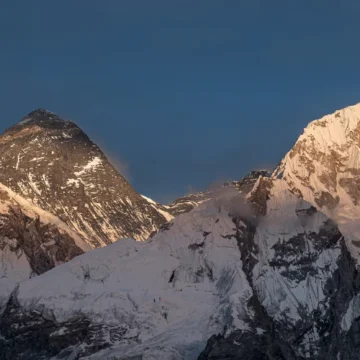
Guide to the Mount Pumori Expedition
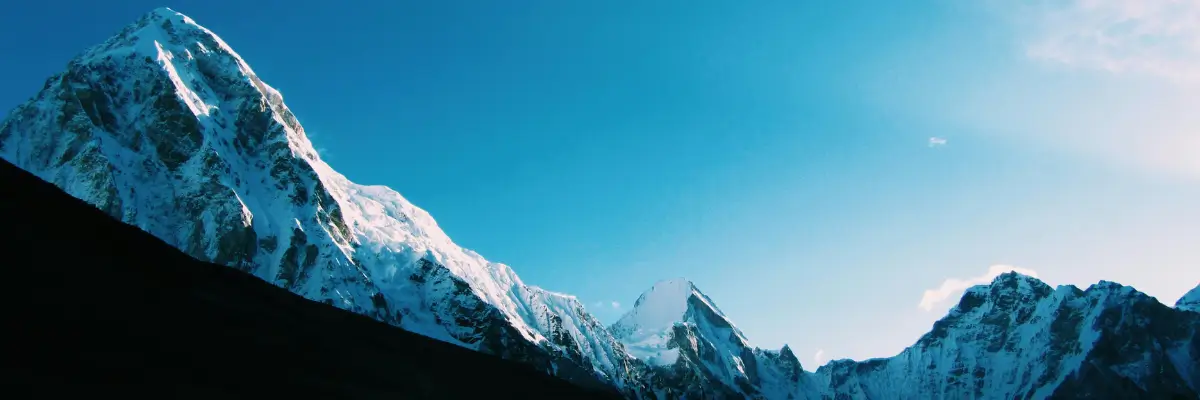
Table of Contents
Mount Pumori, often referred to as “Everest’s Daughter,” is a notable peak located within the Everest region of the Himalayas, between the border of Nepal and Tibet. Rising to a height of 7,161 meters (23,494 feet), Pumori is known for its pyramid-like shape and proximity to Mount Everest. It is one of the most sought-after destinations for seasoned climbers around the Khumbu region of Nepal.
Mount Pumori is derived from the Sherpa language and translates to “Mountain Daughter,” reflecting its majestic yet challenging nature. In 1962, a German-Swiss group led by Gerhard Lenser successfully climbed the mountain via Southeast Ridge for the first time. Since then, Pumori mountain has become a popular objective for mountaineers seeking a technically demanding ascent with spectacular views of the surrounding Himalayan giants, including Everest, Lhotse, and Nuptse.
Climbing Route and Preparation
You can climb the mountain through two routes: the Southeast route and the Southwest route. The traditional route to the summit of Pumori is the Southeast Ridge. This path has gained a reputation for its technical difficulty and the need for high-altitude climbing expertise. However, for both the routes, the route is the same up to Pumori Base Camp, serving as the starting point for the climb.
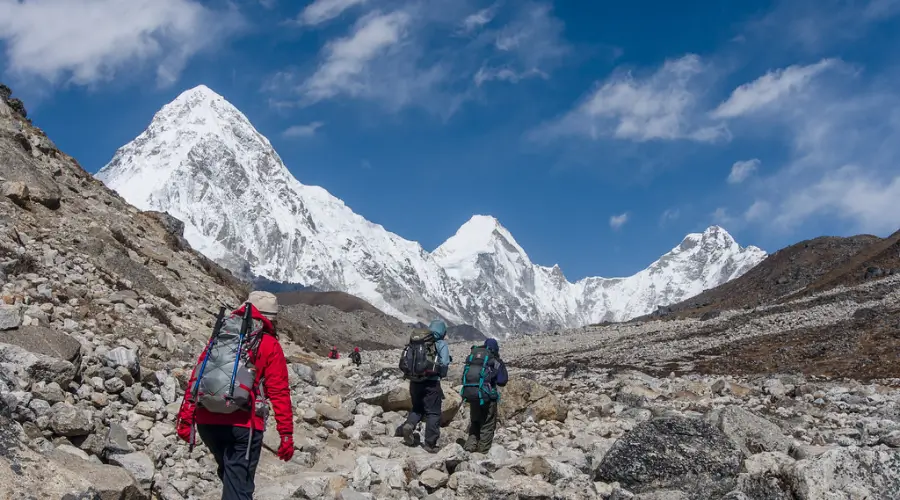
Trek to Pumori Base Camp
The adventure starts with a flight from Kathmandu to Lukla, the gateway to the Everest region. From Lukla, climbers embark on an exciting trek through the Khumbu Valley. The trail passes through several picturesque villages that provide acclimatization and cultural immersion opportunities.
The trek to Pumori Base Camp generally takes 10-12 days. While the whole expedition takes about 33-35 days. During the journey, you can visit several traditional villages and landmarks. The trek goes from Lukla to Gorak Shep and Base Camp, then start climbing.
The trek to Pumori Base Camp is an essential part of the expedition. So, it allows climbers to acclimatize and prepare for the high-altitude challenges ahead. Base Camp is strategically positioned on the Khumbu Glacier, offering stunning views of Mount Everest and other surrounding peaks.
Key stops on the trek include:
Phakding:
The first stop after Lukla, where trekkers spend the night and begin to adjust to the altitude.
Namche Bazaar:
A small and busy market town that is the main trading hub in the Khumbu region. Namche Bazaar is an important stop for acclimatization and offers jaw-dropping views of the surrounding peaks.
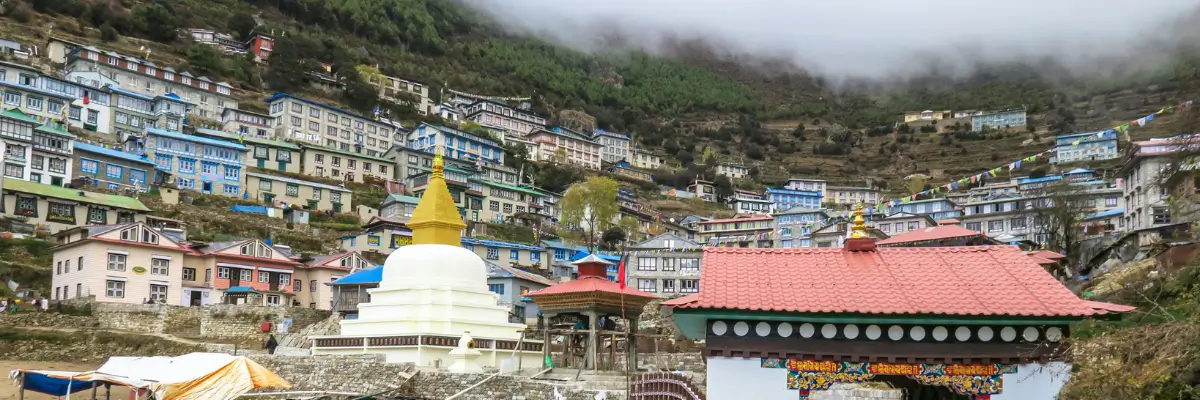
Tengboche:
Home to the famous Tengboche Monastery, one of the most significant spiritual centres in the region. The monastery is set against Ama Dablam, one of the most picturesque peaks in the Himalayas.
Dingboche:
A high-altitude village where trekkers spend additional days acclimatizing. The surrounding landscape offers panoramic views of the Himalayan range.
High Camps
The ascent from the Pumori Base Camp to the summit involves establishing three higher camps along the Southeast Ridge. Therefore, these camps are crucial for staging the climb, allowing climbers to rest, acclimatize, and prepare for the increasingly difficult sections of the route.
Camp I (5,650 meters / 18,537 feet):
The climb to Camp I involves navigating the Khumbu Glacier, a challenging section filled with crevasses and icefalls. This camp is located on a small ridge, providing a relatively sheltered spot for resting and staging the next phase of the climb.
Camp II (6,200 meters / 20,341 feet):
The ascent to Camp II is steep and demanding, requiring technical skills to tackle the icy slopes and exposed ridges. This camp is on a narrow ridge, offering limited space but crucial strategic positioning for climbing higher altitudes.
Camp III (6,480 meters / 21,260 feet):
The final camp before the summit push, Camp III is located just below the summit. Moreover, the route to this camp is the most technically challenging, with steep ice walls and narrow ridges that test the climbers’ skills and endurance. This camp serves as the launch point for the summit attempt.
Summit Day
The summit day is the culmination of weeks of preparation and acclimatization. Climbers normally begin their ascent early in the morning, navigating steep and icy terrain as they make their way toward the summit. The final stretch includes climbing a steep snow slope that leads to the summit ridge.
Reaching the summit of Pumori is a noteworthy achievement. It offers unparalleled views of the surrounding Himalayas, including a close-up of Mount Everest. In contrast, the descent from the summit requires as much caution and focus as the ascent, as the steep slopes and high altitude present significant challenges.
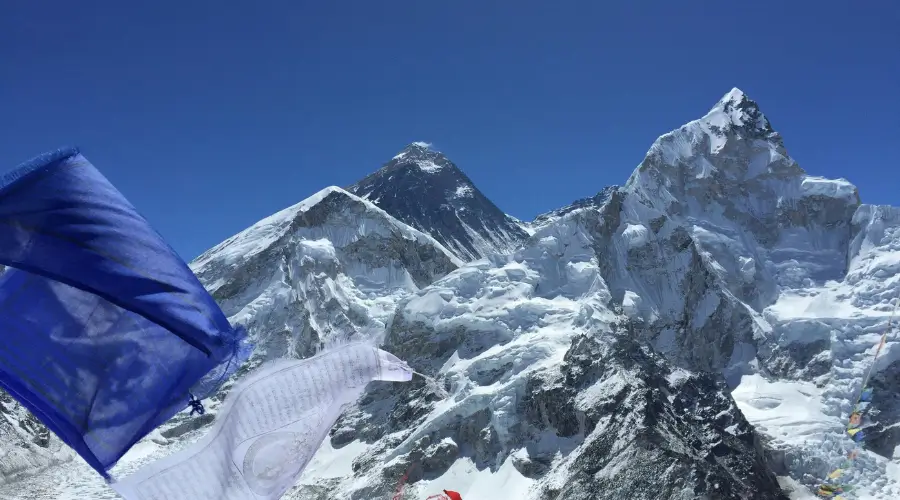
Challenges During The Journey
Climbing Mount Pumori is a demanding endeavour. You need to have technical climbing skills, physical strength, and mental resilience. The route is filled with challenges, including:
Technical Climbing:
The climb involves steep ice and snow slopes, exposed ridges, and mixed climbing sections that require experience with crampons, ice axes, and fixed ropes.
High Altitude:
Due to the high elevation of the camps and summit, the risk of getting altitude sickness is a major concern during the climb. Proper acclimatization and pacing are critical to minimizing this risk.
Weather Conditions:
The weather in the Himalayas can be highly unpredictable, with the possibility of high winds, sudden snowstorms, and extreme cold. Climbers must be prepared for a wide range of conditions and be ready to adjust their plans accordingly.
Glacier Navigation:
Crossing the Khumbu Glacier involves navigating through crevasses and icefalls, which requires careful planning and the use of ropes and ladders.
Best Seasons for Climbing

The best times for climbing the Pumori Peak are during the pre-monsoon (spring) season from April to May and the post-monsoon (autumn) season from September to October. These periods generally offer more stable weather conditions, with clearer skies and moderate temperatures. However, climbers must still be prepared for the unpredictable nature of Himalayan weather.
Training and Preparation
Given the technical nature of the Pumori Peak climb, thorough preparation is essential. Climbers should have experience with high-altitude mountaineering, including the use of technical climbing gear. You need to build stamina, strength, endurance capacity, and cardiovascular fitness. Additionally, mental preparation is crucial, as the climb demands persistence and the ability to make quick, sound decisions in challenging conditions.
You can do exercises like running, swimming, cycling, and strength and stamina-building cardiovascular exercises to build physical strength. For mental stability, you can practice meditation, asana, and yoga. Additionally, you can climb some easy peaks with lower altitudes to get accustomed to the altitude and mountaineering.

Technical and Logistical Support
Most Pumori expeditions are organized by professional climbing agencies, such as Himalayan Masters. These travel agencies provide logistical support, including permits, guides, porters, and essential climbing gear. These agencies typically employ experienced Sherpa guides, who are invaluable for their knowledge of the route, weather patterns, and overall mountain safety. Their expertise greatly impacts the chances of a successful and safe expedition.
Pumori Mountain is a formidable peak that offers a thrilling challenge for experienced climbers. The combination of technical difficulty, high altitude, and breathtaking views makes it a sought-after objective in the mountaineering community. Hence, for those who are well-prepared and up for the challenge, the Pumori Expedition promises an unforgettable adventure in one of the most stunning regions on Everest. Whether motivated by the allure of its proximity to Everest or the desire to conquer one of the more technical climbs in the Himalayas, reaching the summit of Pumori is a remarkable achievement that few will forget.
Pumori Avalanche
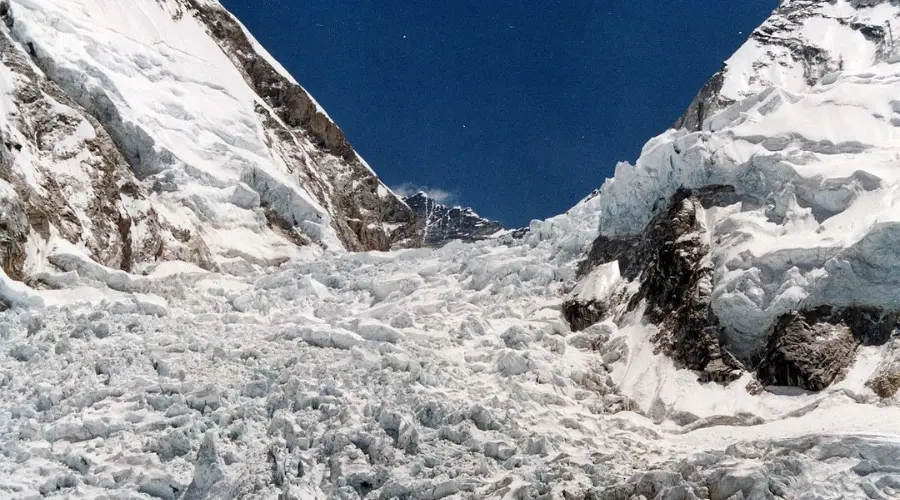
Mount Pumori, situated in the Mahalangur Range of the Himalayas, is an attractive yet challenging mountain to climb. It has been notable for several avalanches, which signify the challenges and dangers on the mountain. One of the most evident avalanches was the one that occurred on April 25, 2015. The devastating 2015 earthquake in Nepal was triggered by the avalanche.
The avalanche swept down tons of debris and human lives, hitting the Everest Base Camp. Ultimately, the avalanche claimed the lives of 22 mountaineers, highlighting the unpredictable conditions of nature during high-altitude mountaineering. In addition, this catastrophic incident impacted the region and the entire mountaineering community, where several expeditions were cancelled and rescue missions were launched.
Mt Pumori in the map of Nepal
Mount Pumori is part of the Sagarmatha Zone in the Solu Khumbu District. The Pumori mountain district is known for its stunning views of Everest and diverse landscapes. On the map of Nepal, Pumori is situated between the border of Nepal and Tibet, just west of Mount Everest. Furthermore, the Pumori region is popular among trekkers and mountaineers for the adventure and cultural importance of Sherpas.
Everest from Pumori
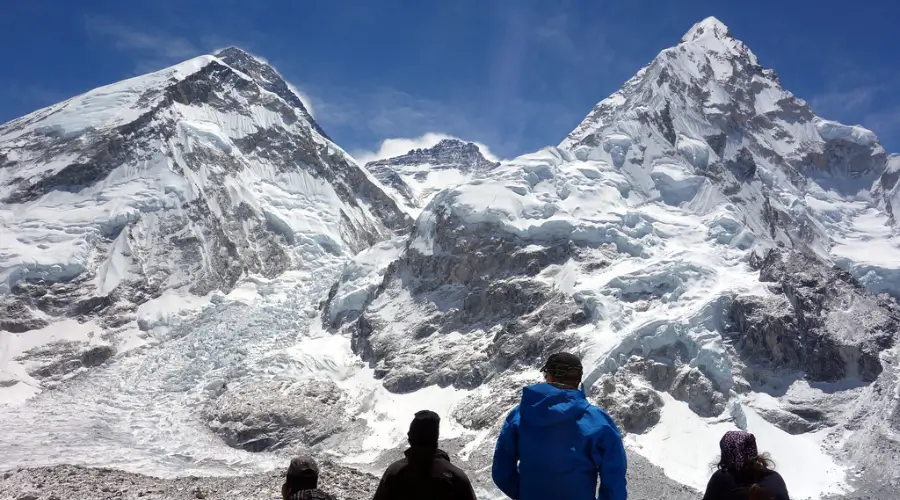
The view of Mount Everest is one of the best sights in the Himalayas. The perspective from Pumori gives the otherworldly majestic presence of Everest. Especially from a higher altitude camp, Camp III provides an excellent panoramic close-up view of Everest, enveloped in clouds and mist. Seeing Everest from Pumori showcases just how enormous the Himalayas are. Everest, the world’s tallest mountain, surpasses the view of its surroundings just by its presence. As a result, his experience could be a humbling experience for anyone who takes on the challenge of summiting the Pumori Peak.
Want to know more?
Speak to an Expert





Sandip Dhungana
Nepal 🇳🇵
Whatsapp: +977-9823636377


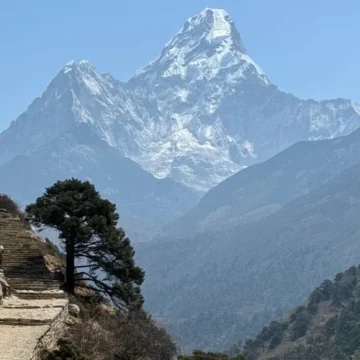
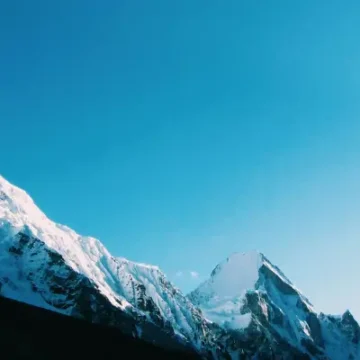


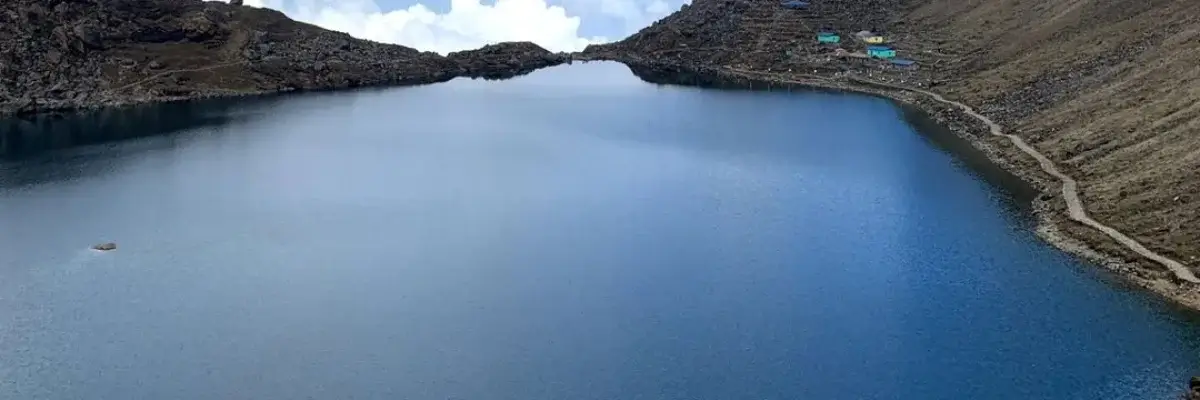
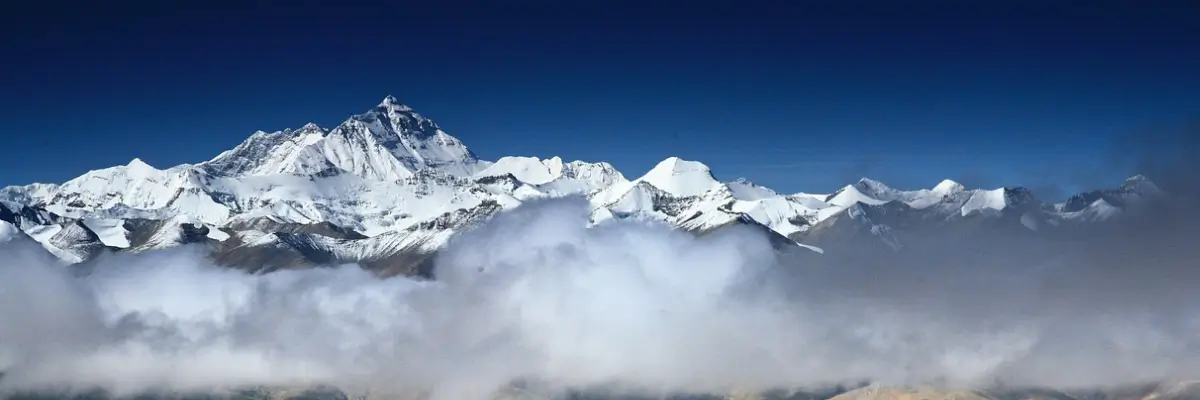
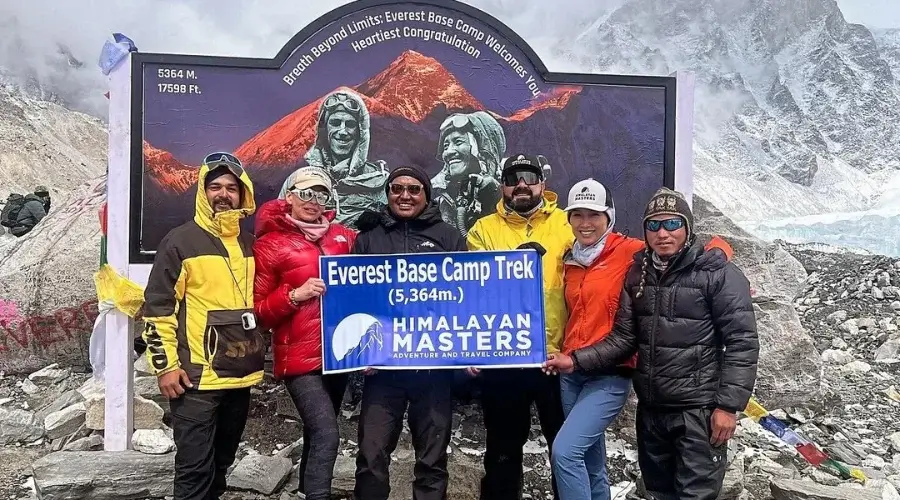
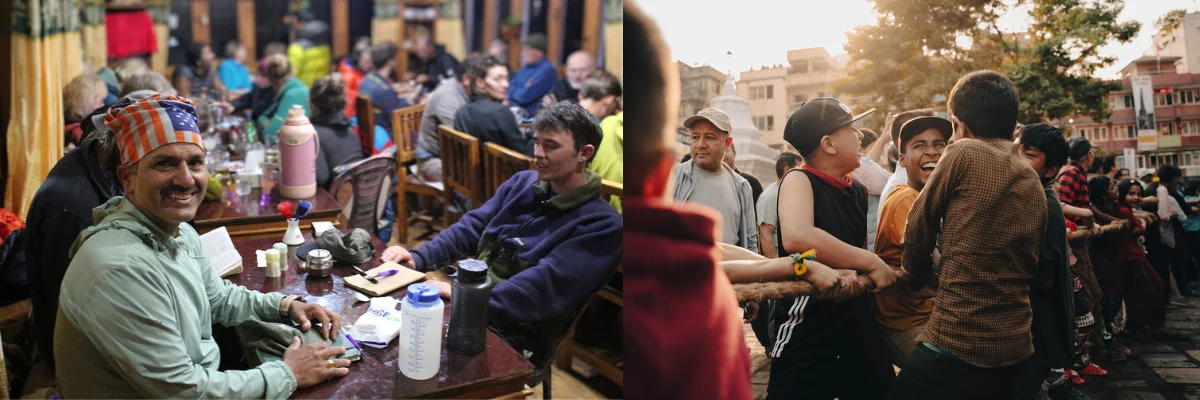
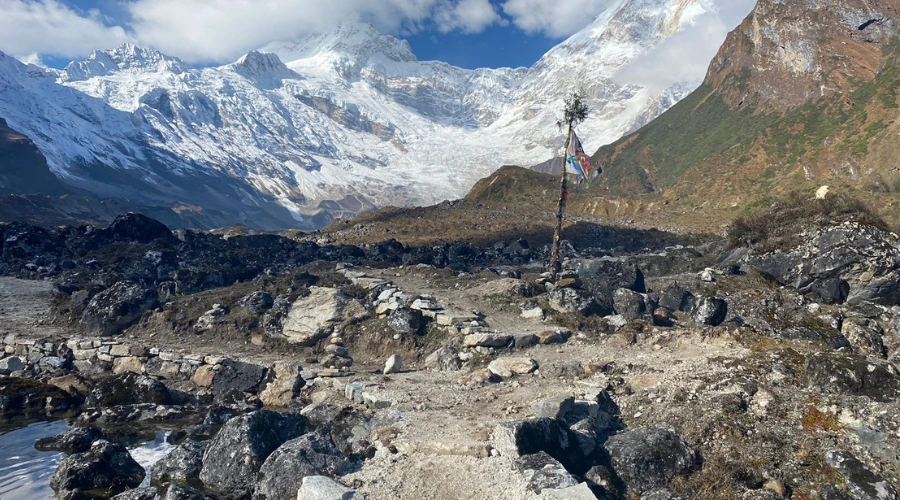









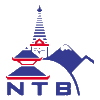


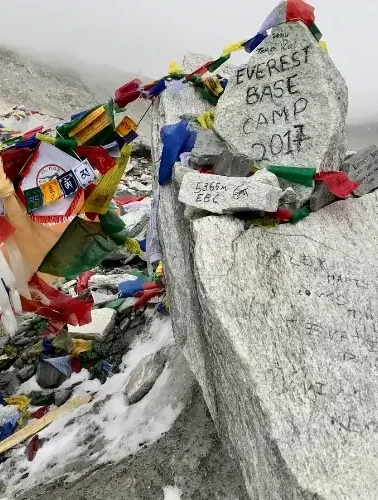
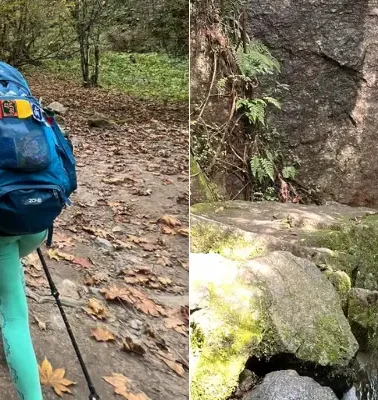
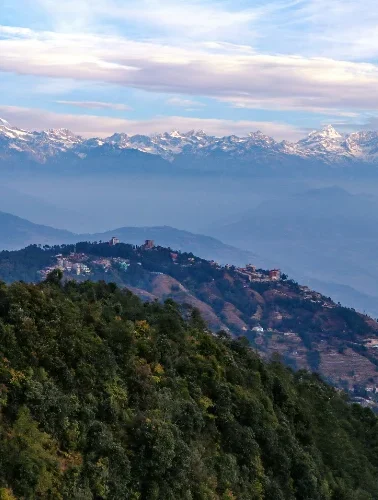
Leave Your Comment